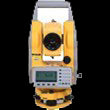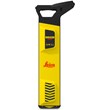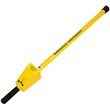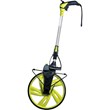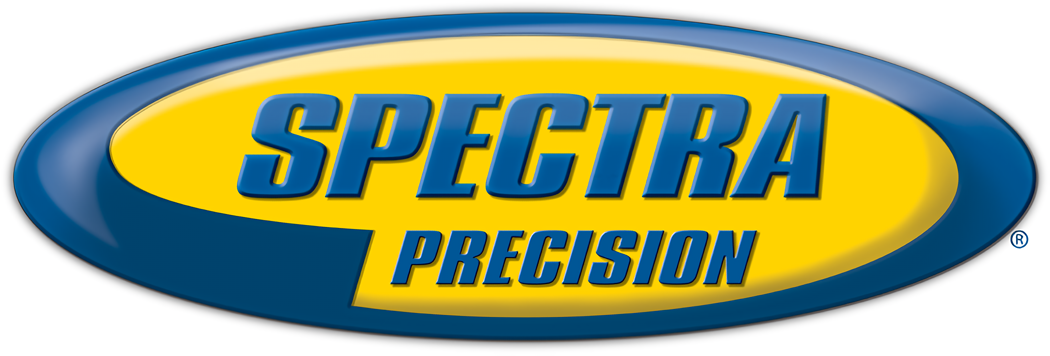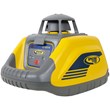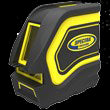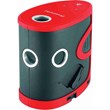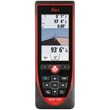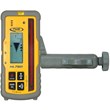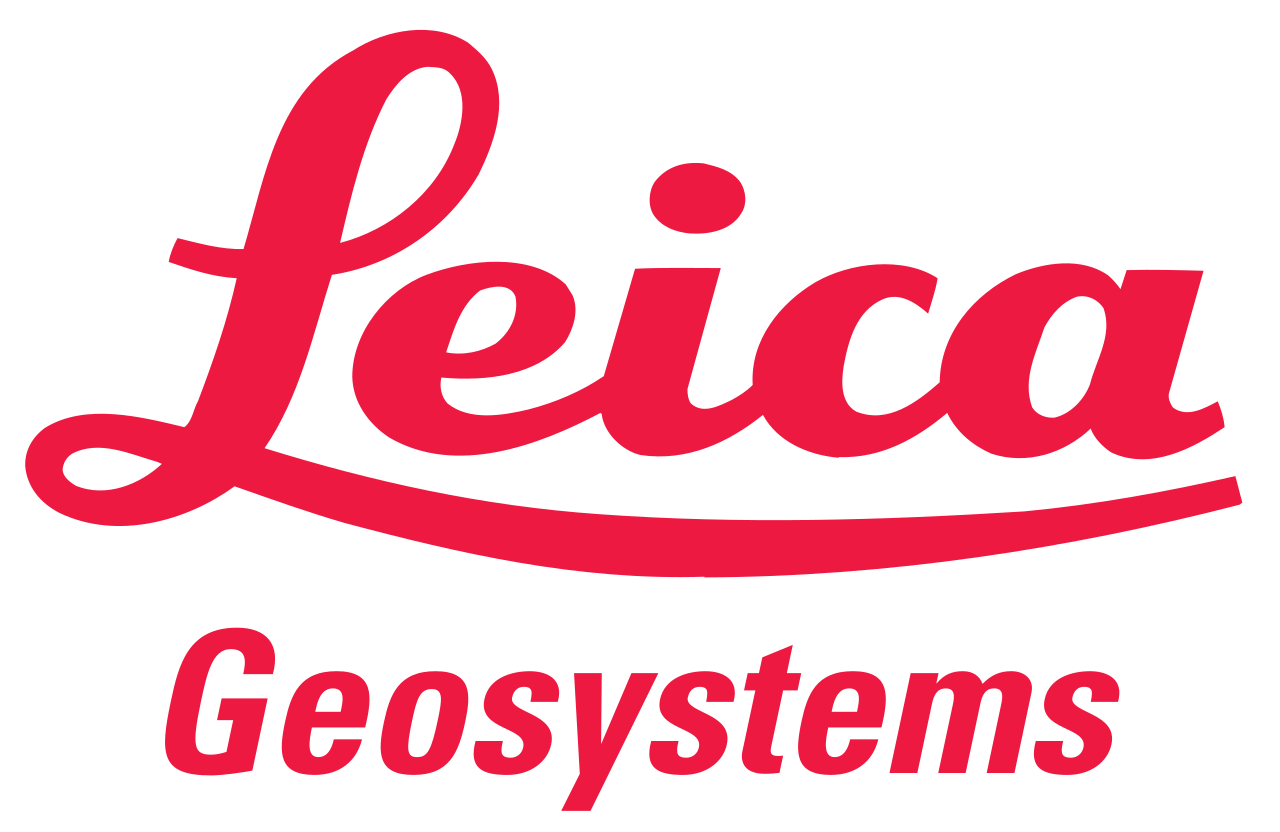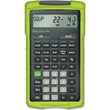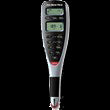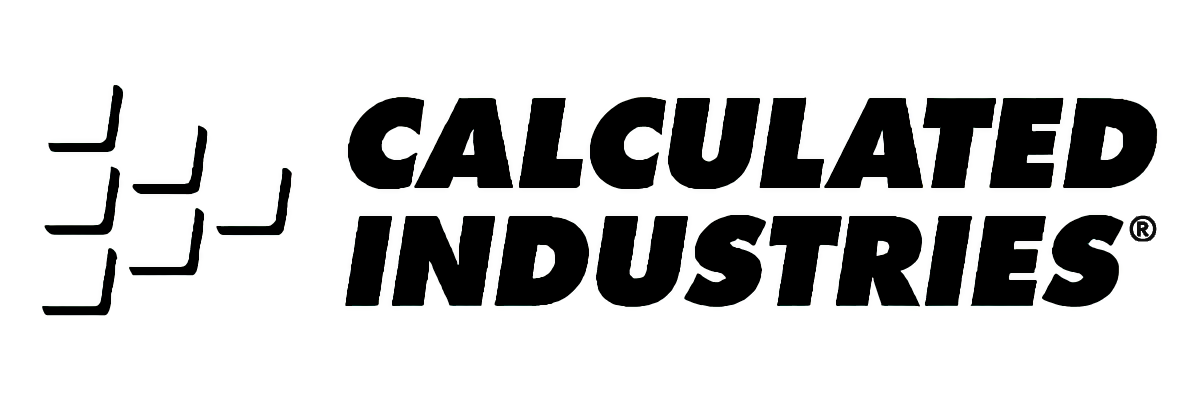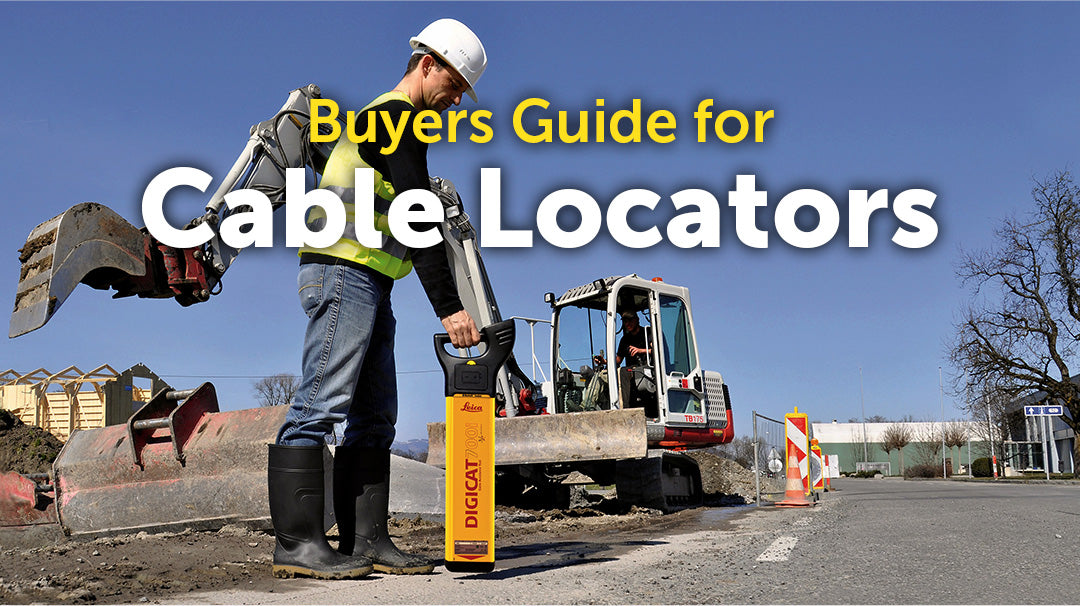
Buyers Guide To Cable Locators
A successful excavation project takes careful planning and a big part of this is locating underground cables. All buried pipes, cables, and utilities within the excavation site must be located and marked to avoid accidents.
While underground cable locators have been around for several decades, buried pipes and utilities are becoming more complex by the day. As telecommunication lines join utility lines underground, there is a need for technologically advanced cable locators that can differentiate the target cable from nearby utilities and give the exact location and depth.
Whether you’re a professional contractor or a construction company, purchasing the best underground utility locator to detect sewer and water lines, CATV cables, power lines, fiber optic cables, and gas lines is critical to the success of your project.
How Do Underground Utility Locators Work?
Underground utility locators use two methods to locate underground cables: the active and passive location method.

- Active Location: Passive location won’t be able to locate every cable because not every cable radiates radio signals or carries a live current. In cases like this, active location is used to close the gap. This method involves inducing a signal to the buried metallic utility using a signal transmitter, making it possible for the underground cable locator to trace and identify the buried utility.
- Passive Location: This method involves using a cable detector or receiver to locate already existing signals in a buried utility.
There are tons of underground cable locators available in the market, but they vary in depth estimate, frequency range, features, durability, and size and weight.
Depth Estimate

- Underground utility locators have different levels of accuracy for different depths, so you need to determine your required depth and choose a unit that can produce accurate measurements in this depth.
- A high-end underground cable detector can typically provide accurate depth measurement up to 16 feet deep.
- It’s best to purchase a unit with accurate depth reading that is not more than ±5%.
Frequency Range

- Look for an underground cable locator with multiple frequencies. Mid-range models usually have a frequency range of 50 Hz to 200 kHz while most high-end units have a range of 10 Hz to 35, 000 kHz.
- It’s best to ask an expert representative what frequency suits your needs if you’re unsure of which frequency range to get.
- If you’re an electric utility company, you need an underground utility locator that also has a volt-ohm meter. This will enable you to find faults and cables at the same time, cutting your working time in half.
Features

1. LCD Clarity
- Purchase a unit with a large, clear LCD with backlighting for easy and precise reading in all weather conditions.
- Some brands feature graphical displays such as bar graphs and a numeral SSI reading to show signal strength more clearly.
- Some LCDs have a compass display to show the general direction of buried utilities.
2. Internal GPS/GNSS Receiver
- This feature will automatically add positional data to log records, showing you where the cable detector was used, how the operator was working (for training purposes), and tracing cables in a location.
3. Overload Protection
- Some areas may have excessive active signals or high voltages from overhead or underground utility lines. This may confuse cable locators. An overload protection feature will allow your unit to still produce an accurate reading despite the high levels of outside interference.
4. Strike Alert Feature
- This built-in feature alerts you when the unit has detected a buried object that can be hazardous once digging commences.
- This data can also be recorded if the unit has a depth estimate feature.
Durability

- It’s best to purchase a shock-resistant and water-proof underground cable locator to ensure long-lasting use in different project environments.
- Most models are IP65 rated, meaning they are dustproof and equipped with low-pressure water jet protection.
Size and Weight

- Since you’ll be moving around with the cable locator most of the time, it’s best to purchase a lightweight, easy-to-carry unit.
Not all models will have every feature and functionality you’re looking for, but it pays to do careful research to get the best deal that will suit your needs. If you need help, please give us a call and one of our experts would be glad to help!
Click here to browse our pipe and cable locators.

